
- 1- Understanding Broken Key Issues in Lock Cylinders
- 2- Tools You Need to Remove a Broken Key
- 3- Step-by-Step Guide to Remove a Broken Key
- 4- Common Mistakes to Avoid When Removing a Broken Key
- 5- When to Call a Locksmith for Broken Key Removal
1- Understanding Broken Key Issues in Lock Cylinders
When a key breaks inside a lock, it can be a frustrating experience. It not only prevents you from accessing your property but also poses a risk of further damaging your lock. A broken key may occur due to regular wear and tear, forceful turning of the key, or using a worn-out or damaged key. Understanding why keys break can help you prevent future issues and take the right steps to resolve the problem.
Why Do Keys Break?
Keys can break due to several factors, including:
- Old or Worn-Out Keys: Over time, keys can weaken and become brittle.
- Excessive Force: Trying to force a key when it doesn't turn properly can cause it to snap inside the lock.
- Low-Quality Key Material: Cheap or poorly made keys are more prone to breakage.
- Lock Wear: A lock that is old or damaged may cause a key to stick, leading to breakage.
2- Tools You Need to Remove a Broken Key
Before attempting to remove a broken key from a lock, ensure you have the correct tools on hand. Using the wrong tools can cause further damage to the lock or make the situation more complicated. Here’s a list of essential tools:
Key Extractor Tool
The key extractor tool is a specialized tool designed to grab hold of the broken key and pull it out of the lock cylinder. It typically has small, hook-like prongs that grip the key’s edges, making it easier to remove the broken piece.
Pliers
If a small portion of the key is sticking out of the lock, pliers can be helpful for pulling it out gently. Make sure the pliers have a firm grip on the key without damaging the lock cylinder.
Lubricant
Lubricant can help loosen the key and prevent further damage to the lock. Applying a small amount of WD-40 or graphite lubricant to the keyhole can make it easier to extract the broken key.
Needle-Nose Pliers
For keys that are partially stuck in the lock, needle-nose pliers can help reach the broken portion without damaging the surrounding area. These pliers are especially useful for precision work.
3- Step-by-Step Guide to Remove a Broken Key
If you’re ready to attempt removing the broken key yourself, follow this step-by-step guide for the best results:
Step 1: Assess the Situation
Before you begin, check how much of the key is sticking out of the lock. If a portion of the key is visible, you might be able to grab it with pliers. If the key is entirely inside, you’ll need to use a key extractor tool.
Step 2: Lubricate the Lock
Apply a small amount of lubricant into the keyhole to help loosen the key. Avoid using too much, as it can cause a mess. Let it sit for a minute before proceeding.
Step 3: Use the Key Extractor Tool
Insert the key extractor tool into the keyhole, positioning it around the broken key. Gently pull the tool to grip the key. Once you feel the key latch onto the extractor, pull it out slowly. If the key doesn’t come out easily, avoid forcing it to prevent damaging the lock further.
Step 4: Try Pliers if Needed
If a portion of the key is visible, use pliers to pull it out gently. Apply a light but firm grip, ensuring you do not break off any more of the key inside the lock. Slowly and carefully work the key out of the lock.
Step 5: Test the Lock
Once the key is removed, test the lock to ensure it’s functioning properly. If the lock is still stiff or jammed, you may need to apply more lubricant or call a professional for further assistance.
4- Common Mistakes to Avoid When Removing a Broken Key
While removing a broken key might seem straightforward, there are common mistakes that can make the process more complicated or cause damage. Here are some mistakes to avoid:
Using Excessive Force
It’s tempting to use a lot of force to pull out a broken key, but this can damage both the key and the lock. Always be gentle and patient when trying to extract a key from the lock.
Using the Wrong Tools
Using tools that aren’t designed for key removal, such as flathead screwdrivers or large pliers, can cause unnecessary damage to the lock. Stick to tools designed for the job, like key extractors or needle-nose pliers.
Forgetting to Lubricate the Lock
Lubrication is essential for smooth key extraction. Not using lubricant can make the process harder and increase the risk of damaging the lock cylinder.
5- When to Call a Locksmith for Broken Key Removal
While it’s possible to remove a broken key yourself, there are times when it’s best to call a professional locksmith:
Increased Risk of Lock Damage
If the key is deeply embedded in the lock or if you’ve already tried removing it with no success, it’s a good idea to call a locksmith. Professional locksmiths have specialized tools and techniques that can safely remove the key without damaging the lock.
Lock Malfunctioning After Removal
If the lock is still not working properly after you’ve removed the broken key, it may need to be repaired or replaced. A locksmith can diagnose the issue and provide the necessary repairs.
When You Lack the Right Tools
If you don’t have the proper tools for the job or if you’re unsure of how to proceed, calling a locksmith is the safest option. They can handle the situation efficiently and avoid further damage to your lock.



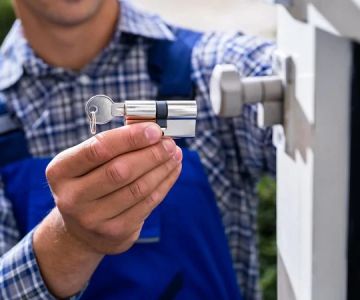

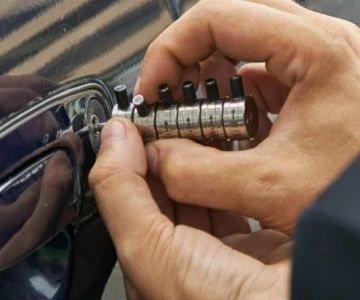
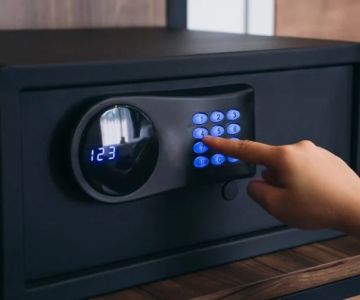
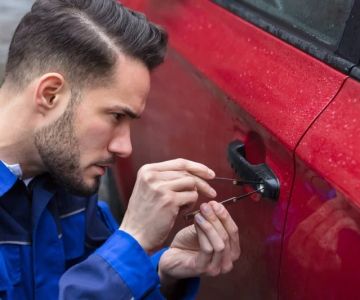
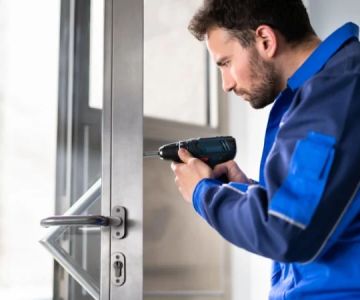
 KeyMe Locksmiths2.0 (3 reviews)
KeyMe Locksmiths2.0 (3 reviews) KeyMe Locksmiths4.0 (49 reviews)
KeyMe Locksmiths4.0 (49 reviews) KeyMe Locksmiths3.0 (37 reviews)
KeyMe Locksmiths3.0 (37 reviews) KeyMe Locksmiths4.0 (67 reviews)
KeyMe Locksmiths4.0 (67 reviews) Minute Key0.0 (0 reviews)
Minute Key0.0 (0 reviews) KeyMe Locksmiths4.0 (42 reviews)
KeyMe Locksmiths4.0 (42 reviews) How to Secure Your Fence Gate: Locksmith Solutions for Maximum Protection
How to Secure Your Fence Gate: Locksmith Solutions for Maximum Protection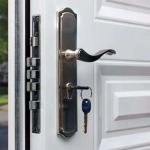 How to Secure Your Entry Doors With Multiple Lock Types
How to Secure Your Entry Doors With Multiple Lock Types How to Handle Emergency Lockouts Without Panicking
How to Handle Emergency Lockouts Without Panicking Locksmith Tips: How to Avoid Lock Malfunctions in Extreme Weather
Locksmith Tips: How to Avoid Lock Malfunctions in Extreme Weather How to Secure Your Windows and Sliding Doors From Forced Entry
How to Secure Your Windows and Sliding Doors From Forced Entry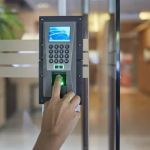 How to Protect Your Business With Restricted Access Lock Systems - Expert Tips
How to Protect Your Business With Restricted Access Lock Systems - Expert Tips